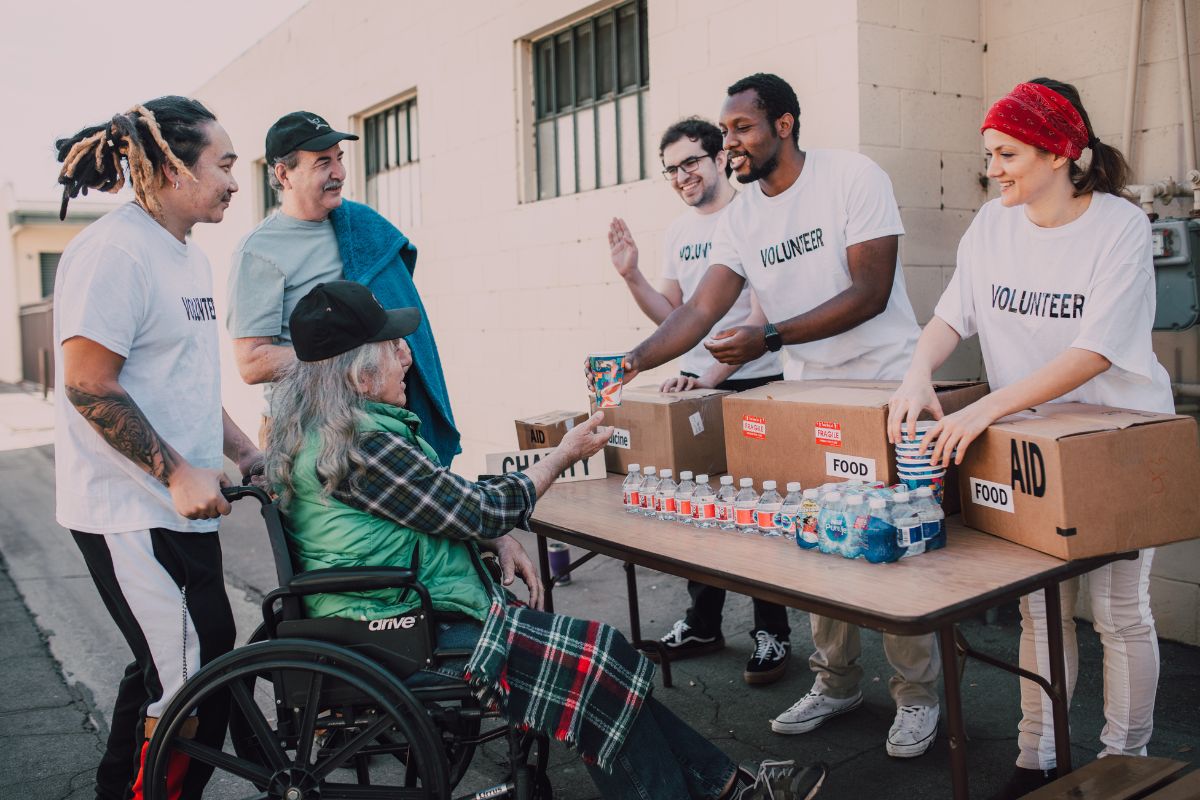NYC’s Homeless Aid: A Revolution in Direct Financial Assistance
New York City, a glittering beacon of opportunity for some, casts a harsh shadow on others. The stark reality of homelessness in the city is undeniable, a complex issue woven from threads of poverty, mental illness, addiction, and systemic failures. For years, the city’s approach to addressing homelessness relied heavily on traditional models – shelters, soup kitchens, and case management. But lately, something significant is shifting. NYC is redefining its approach to homeless aid, placing a renewed emphasis on direct financial assistance, and the results are sparking both excitement and debate. This isn’t just about handing out cash; it’s about a fundamental rethink of how we tackle a deeply entrenched social problem.

This article will delve into the specifics of NYC’s evolving homeless aid program, exploring its innovative direct financial assistance models, analyzing their successes and challenges, and considering the broader implications for how we approach homelessness not just in New York, but across the country.
The Traditional Approach: A System Under Strain
Before we dive into the new models, it’s important to understand the limitations of the traditional approach. For decades, the city relied heavily on a shelter system often criticized for its overcrowding, lack of privacy, and sometimes, unsafe conditions. While shelters provide a roof over someone’s head, they don’t address the underlying causes of homelessness, often leaving individuals trapped in a cycle of dependence.
Soup kitchens and food pantries offer crucial short-term relief from hunger, but they don’t solve the problem of consistent access to nutritious food or the ability to afford a stable place to live. Case management, while essential for connecting individuals with services like mental health care and job training, often struggles with limited resources and long waiting lists.

The sheer scale of the problem in NYC further exacerbates these challenges. The city’s vast population and high cost of living make it incredibly difficult to provide adequate support through traditional means alone. The system, while well-intentioned, often felt reactive rather than proactive, struggling to keep up with the ever-growing need.
Imagine Sarah, a single mother who lost her job due to illness. The traditional system might offer her a shelter bed, a meal voucher, and a referral to a job training program. But what if the shelter is far from her children’s school, making childcare impossible? What if the job training program has a long waiting list, and she’s running out of money for rent? The system, in its traditional form, often left individuals like Sarah navigating a labyrinthine bureaucracy with limited resources and support.
The Rise of Direct Cash Assistance: A Paradigm Shift
Enter direct cash assistance. This isn’t simply about handing out money; it’s about empowering individuals to address their own needs in a way that aligns with their unique circumstances. NYC is experimenting with several models of direct financial assistance, including:

Guaranteed Basic Income (GBI) pilot programs: These programs provide a regular, unconditional cash payment to participants, allowing them to prioritize their needs – whether it’s rent, food, healthcare, or transportation. These programs are designed to test the impact of a guaranteed income on reducing poverty and homelessness.
-
Targeted cash assistance programs: These programs provide cash assistance to specific groups, such as veterans experiencing homelessness or families facing eviction. These programs often incorporate case management and other support services to maximize their impact.

-
Rental assistance programs: These programs provide direct financial aid to help individuals and families afford housing, preventing homelessness or helping them exit homelessness.

Success Stories and Challenges: Real-World Examples
The early results of these direct cash assistance programs are encouraging. Several studies have shown that direct cash assistance can lead to significant improvements in housing stability, mental health, and overall well-being. For instance, one pilot program found that recipients were significantly more likely to secure stable housing and reduce their reliance on emergency services.
However, the transition hasn’t been without its challenges.